In the vast ecosystem of industrial automation, a key player often goes unsung: granular packaging equipment. This specialized machinery is the silent workhorse behind the scenes, ensuring that countless products—from the grains in our cereal to the pellets in our medicine—are accurately measured, securely sealed, and ready for market. It’s a field where a fraction of a gram can mean the difference between profit and loss, making precision not just a feature, but a necessity.
The Anatomy of an Efficient System
At its core, granular packaging machinery is an integration of sophisticated engineering and seamless design. A typical system is built on a foundation of several key components, each playing a crucial role in the packaging process:
-
The Feeding System: The process begins with a hopper or feeding mechanism that delivers the product to the filling system. For challenging materials like those with irregular shapes or varying densities, advanced vibratory feeders or auger systems are employed to ensure a smooth, uninterrupted flow.
-
The Dosing Mechanism: This is the heart of the machine’s accuracy. Two primary technologies dominate:
-
Volumetric Dosing: This method dispenses a specific volume of product using cups or pistons. It's fast and effective for products with consistent density, like sugar or salt.
-
Weighing Dosing: Utilizing highly sensitive load cells, this system measures the product by weight, offering superior accuracy. Multi-head weighers, which combine multiple weigh buckets to achieve the target weight, are common for high-speed, high-precision applications, such as for snacks or nuts.
-
The Container Handling System: This component is all about presentation. Whether it's a form-fill-seal system that creates bags from a roll of film, a premade pouch machine, or a bottle filling line, this part of the equipment ensures the container is perfectly positioned to receive the product.
-
The Sealing and Ejection System: Once filled, the package is sealed to protect its contents from moisture, air, and contamination. Depending on the container, this could involve heat sealing, sewing, or capping. The final step is the automatic ejection of the finished product, ready for the next stage of the supply chain.
Beyond the Basics: Applications and Adaptability
The true value of granular packaging equipment lies in its adaptability. It isn't a one-size-fits-all solution but a category of systems tailored to the unique demands of various industries.
-
Food Sector: This is a major user, with machinery handling everything from coffee beans and pulses to pet food and spices. Here, systems must be food-grade, easy to clean, and capable of operating at high speeds to meet consumer demand. The term dry product packaging systems is often used in this context.
-
Agriculture: From seeds and fertilizers to animal feed, this sector relies on robust machinery that can handle large volumes and tough materials. These systems often work with large woven or paper sacks.
-
Pharmaceuticals: For tablets, capsules, and other granulated medicines, the standards are incredibly high. Here, granule packaging machines must offer meticulous accuracy, strict sterility, and comprehensive validation to comply with global regulations.
-
Chemical and Industrial: This includes everything from detergents and fertilizers to plastic pellets and industrial salts. The equipment may need to be corrosion-resistant or designed to handle hazardous materials safely.
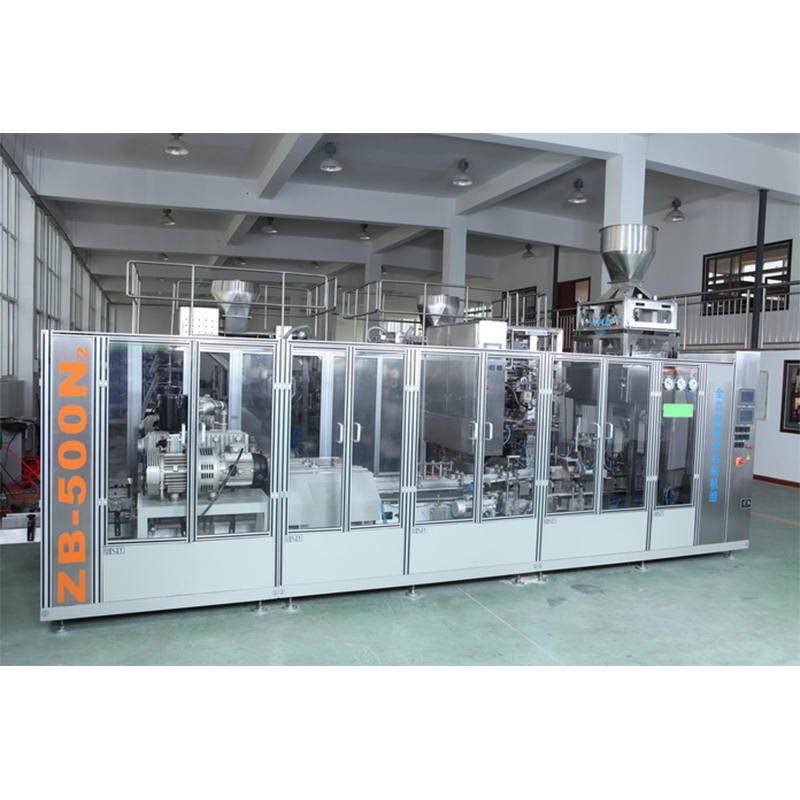
The Business Case for Automation
While manual packaging may seem simple, the case for automating with granular packaging equipment is compelling. It's not just about speed; it's about a strategic shift towards greater efficiency and profitability.
-
Cost Control: By minimizing product "giveaway" and reducing the reliance on labor, automated systems significantly lower operational costs.
-
Consistency and Quality: A machine delivers the same perfect seal and precise weight every time, enhancing product quality and brand reputation.
-
Scalability: When demand surges, automated equipment can scale up production with minimal effort, allowing businesses to seize market opportunities.
Ultimately, investing in modern granular packaging equipment is a powerful statement about a company's commitment to quality, efficiency, and future growth. It transforms a simple, repetitive task into a high-precision, high-productivity operation that is essential for success in today’s competitive landscape.


 English
English Español
Español عربى
عربى
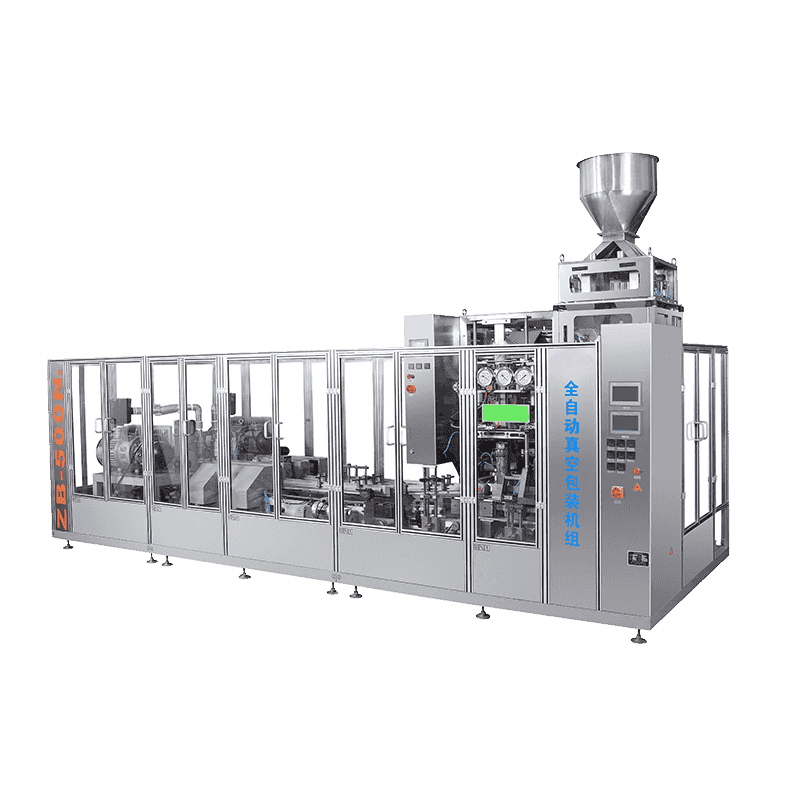
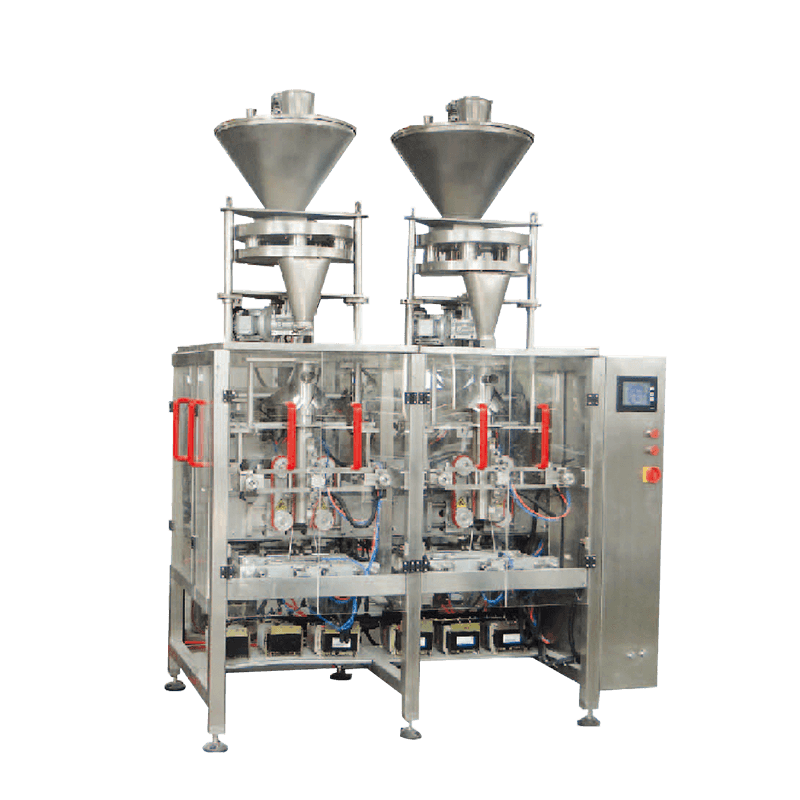
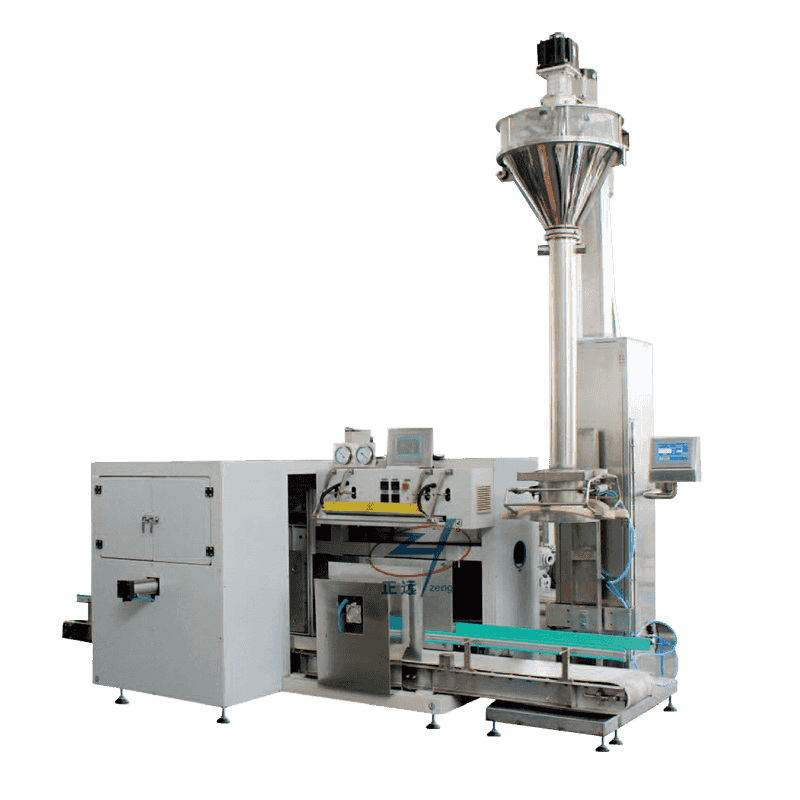
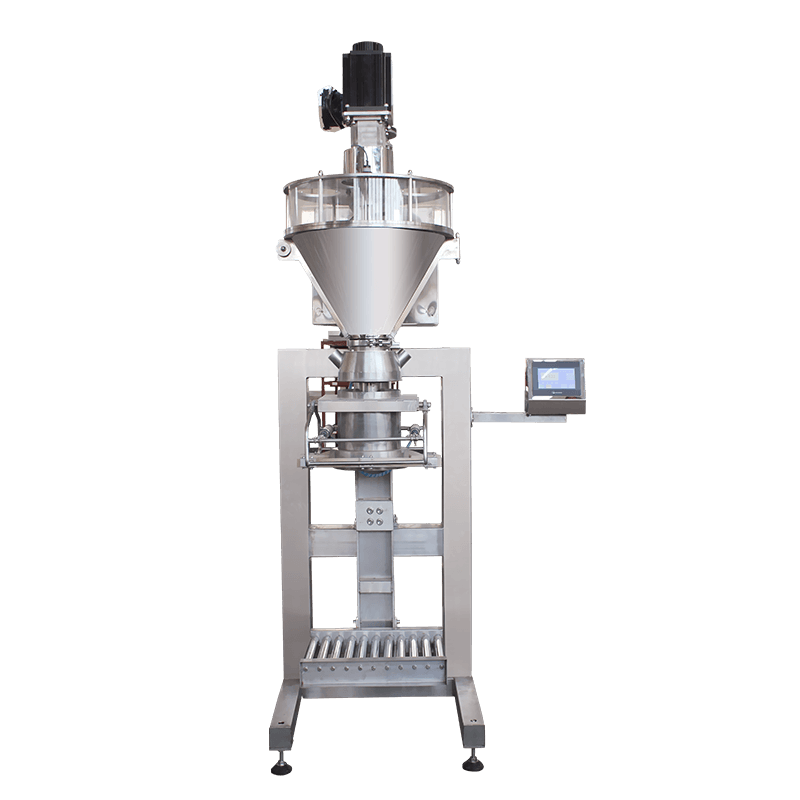
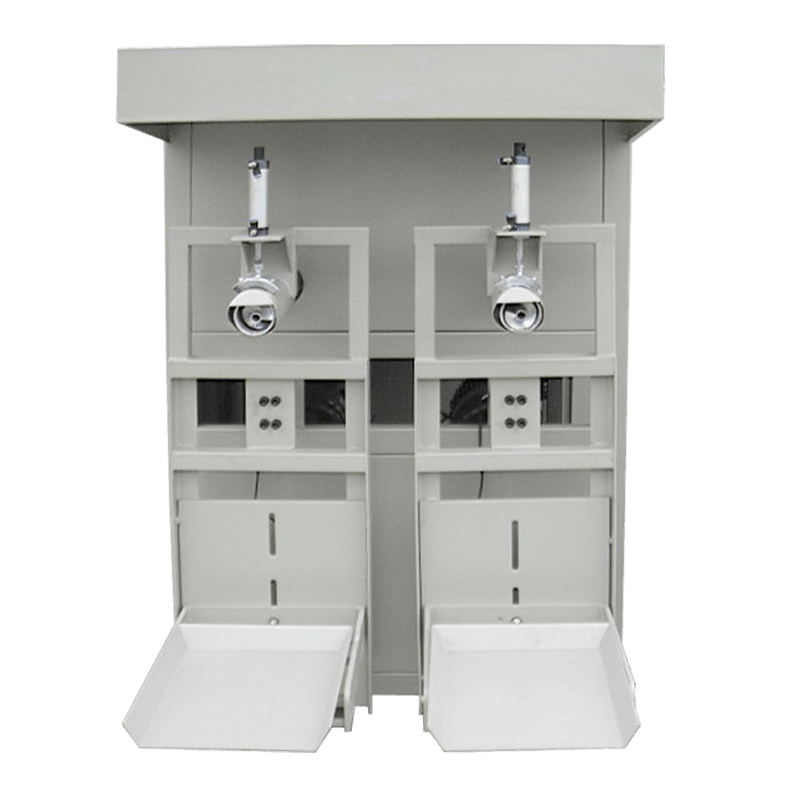
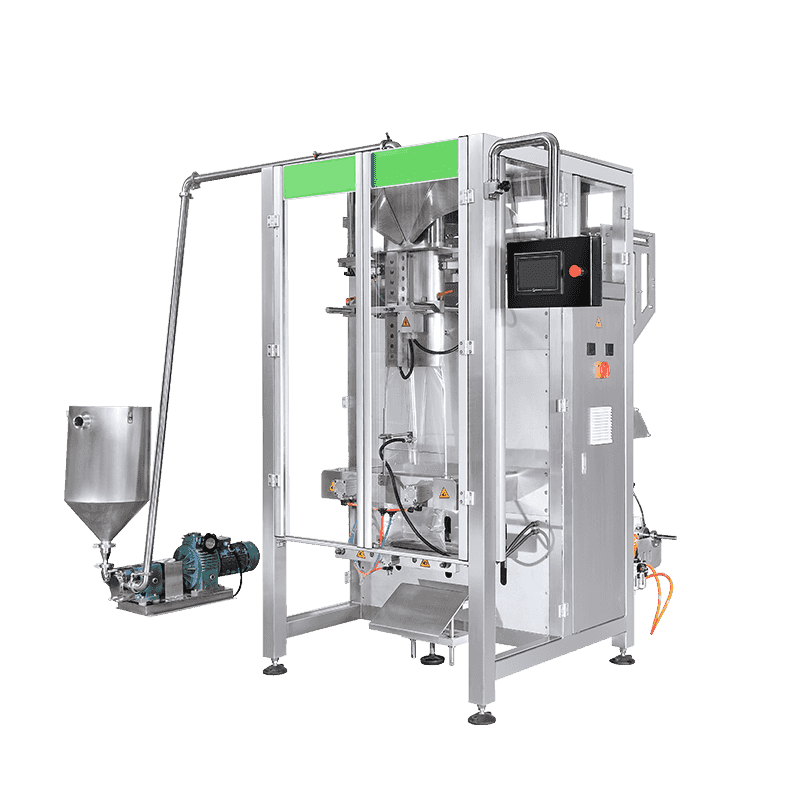
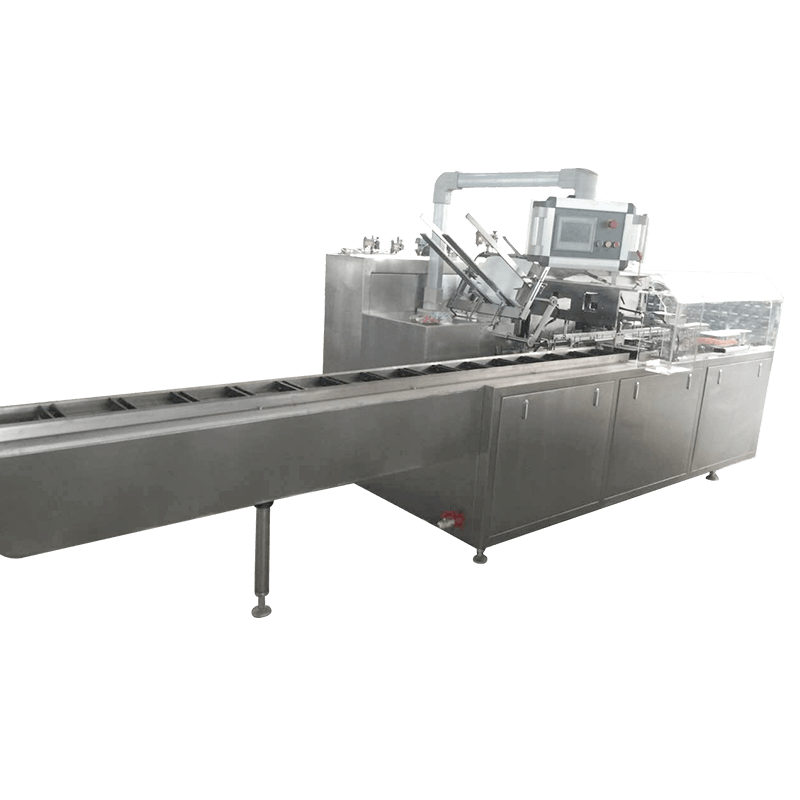
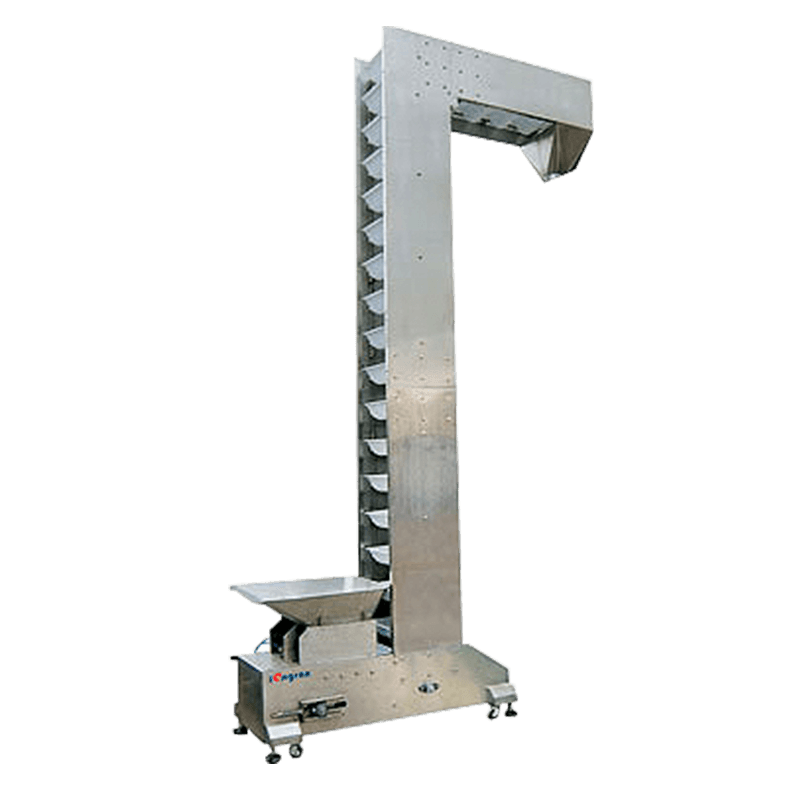
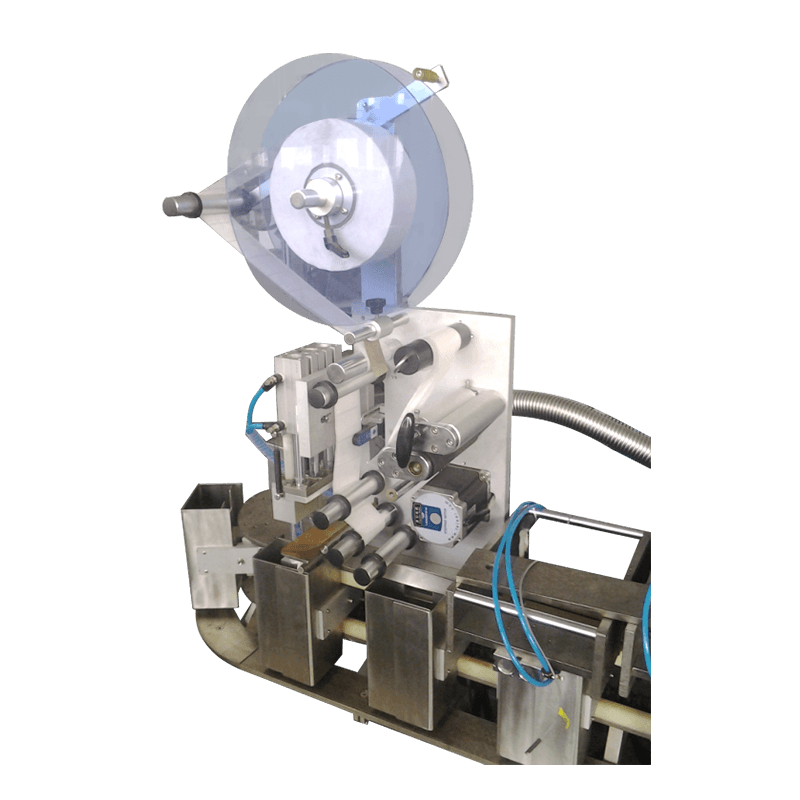
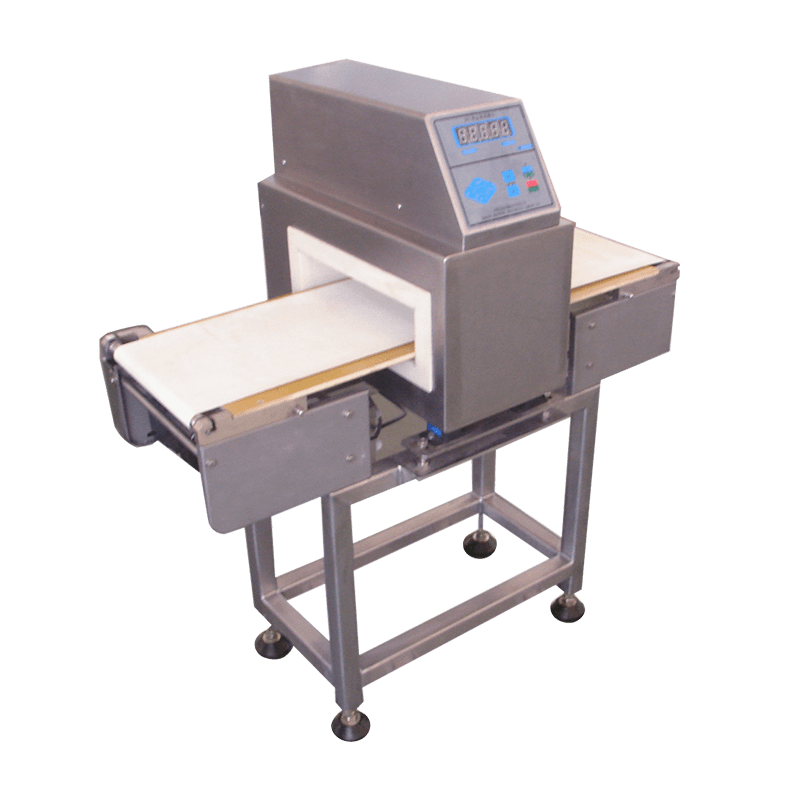
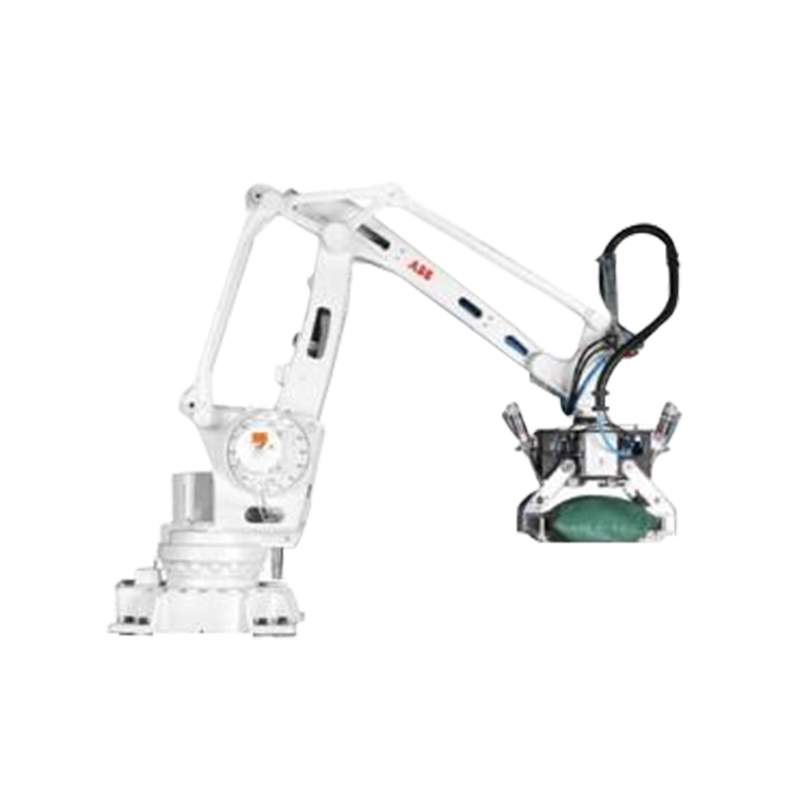
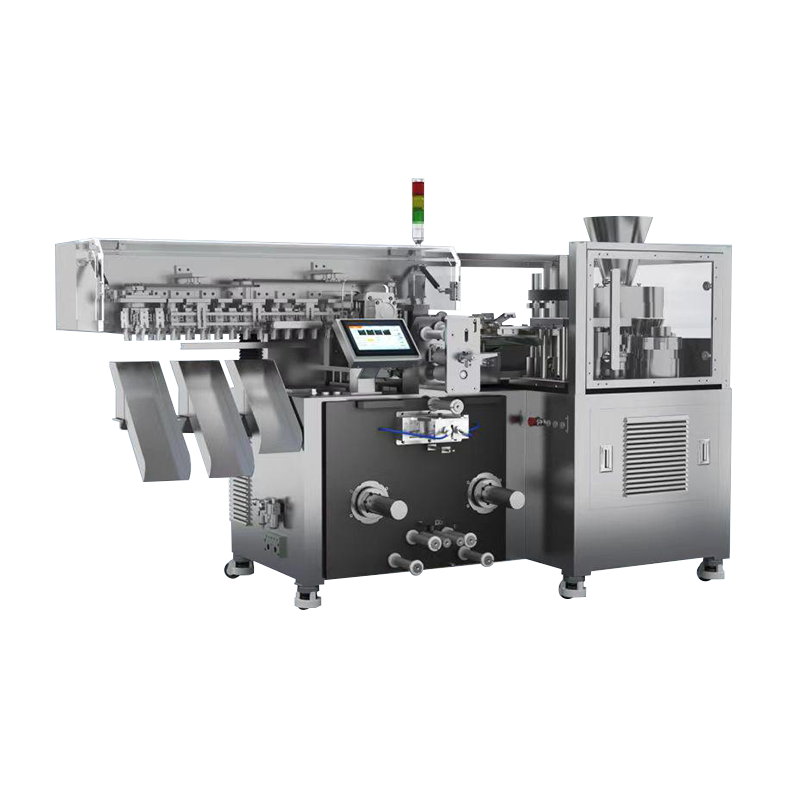

Contact Us